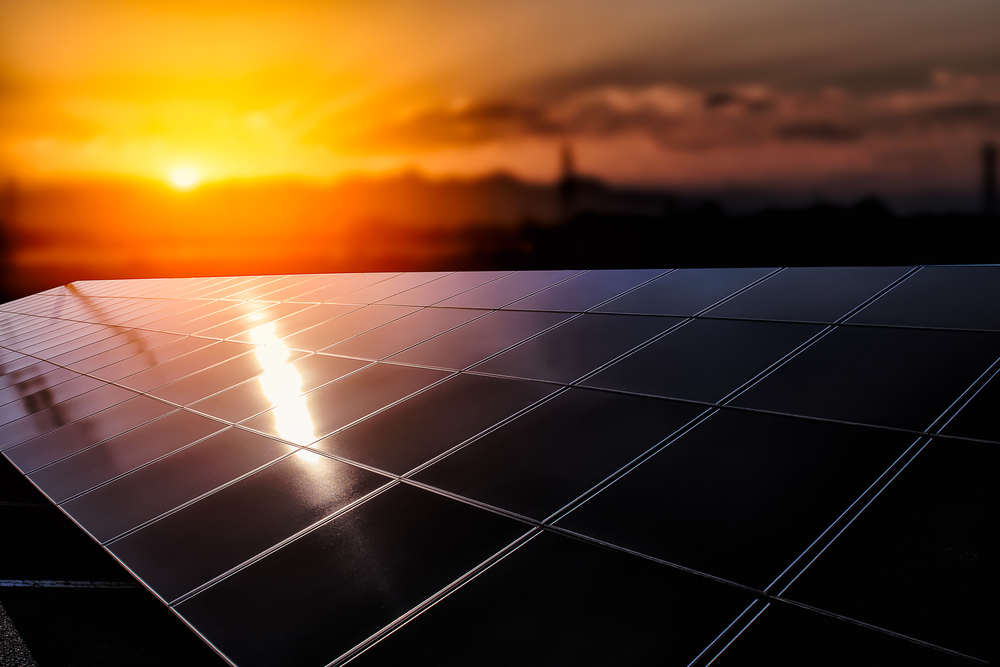Sunset on Solar ITC
Step Down Begins 2020
This is the last year that businesses are eligible for the 30 percent federal investment tax credit (ITC) for solar—sort of. A few simple steps can position businesses take advantage of the solar ITC before step downs begin next year. The Tax Benefit Step Down Tax benefits have motivated sustainable upgrades over the past ten […]


